With FY25 right around the corner, it’s time to evaluate the current marketing strategy for your institution from wins and losses from the past year to your new goals for this year and how to reach them. In your strategic planning, consider new channels to test, new tactics to implement, and make long-term plans for 2025 and beyond. Some important questions include:
- How are we going to meet our new enrollment goals?
- At the same time, how are we going to support university-level goals and initiatives?
- Are we attracting the right prospective students?
- Are we making the most effective use of the marketing budget?
- Do we have the right marketing mix in place? How do we balance spend in digital channels vs. print channels?
- What should our marketing campaigns look like this year? What resources do we need?
- Are we leveraging our CRM effectively?
- How can we optimize our website?
With any enrollment marketing strategy, it’s important to create a journey students, parents, and families will want to go on with your institution. Make it easy for them to find the right information that will guide them in their decision process and make that journey a personal and engaging experience from inquiry to deposit. Here are some areas to consider to take your marketing strategy to the next level:
1. Evaluate your website from the perspective of all audiences.
Evaluate your website’s user experience from not only the perspective of prospective students, but prospective student parents, families, and other influencers. There should be a balance between information for your internal audiences of faculty, staff, current students, and alumni, and your prospective audiences. Make it easy for not only prospective students to find you, but for important members of your institution’s community to stay engaged and continue to be your advocates in the years to come.
Additionally, conduct a thorough audit to ensure your CMS is up to date, your SEO tools are optimized, your content is personalized and engaging, your experience is mobile-first, and your campaign landing pages are optimized for conversion.
2. Create a content engine and leverage it in more ways than one.
Build a process for producing engaging and interactive content that will support your institution’s positioning and increase brand awareness among your target markets. By creating a content hub featuring research happening on campus, thought pieces from faculty, and other material depending on your goals, you will continue to enhance your value to the types of students you want to engage. Leverage your digital channels to push this content out to target audiences to increase traffic to your website, augment your SEO strategies, and drive engagement with social media channels. Think about ways to leverage the resources you have within your institution to create an impact.
3. Align SEO and SEM efforts.
Consider additional ways to broaden your digital presence by aligning your SEO strategies with paid search campaign implementations. Together, they can be a very powerful tool to increase brand awareness and conversion among your target audiences and put you ahead of the competition in search. Evaluate if you have the right tools in place in your website’s backend, if you have your key website pages optimized for SEO, your search rankings for key terms, and how you can improve. By implementing paid search campaigns to work to boost your SEO, you can ensure your right fit students are finding you every time.
4. Evaluate your creative and content assets.
Review your institution’s positioning in the market, your competition, the marketing channels you will have activated for this year and align your creative assets with the goals you have set in place. Whether it’s to increase brand awareness, revamp your branding, or meet enrollment goals, be sure you’re planning a campaign with compelling and cohesive creative that will convert. Think about all phases of the student journey and what types of content and assets will convert them and keep them engaged. Have a “create once, use many” approach to creative development to ensure you’re making effective use of your resources and driving the most engagement from each piece you create.
5. Leverage your resources on campus.
When planning content and assets for your marketing campaigns, consider resources and access you have on campus and how they can become a key part of the process. By leveraging on campus events, faculty, current students, and even your alumni network, you can engage key target audiences with relevant content through your marketing campaigns. The best content you can use and leverage within your campaigns are authentic and organic that tell the best stories of your institution from the perspective of those within the community.
6. Get the most out of your CRM.
Use your CRM platform as a marketing engine and the catalyst behind your campaigns, not just a contact list. Evaluate inquiry and lead points of entry, what content they receive and when, to drive them towards the next desired action efficiently. Set up a plan for audience segmentation that delivers the right messages at the right time to compliment the prospective buyer journey. And just as important, set up a reporting structure that ensures you’re getting the data you need to make informed decisions on where to enhance or pivot your marketing strategy.
7. Leverage digital campaigns to impact your top and bottom funnel.
Your advertising campaigns don’t have to stop at completed applications or even admitted students. Develop a multi-channel, integrated strategy to drive action at every point of the funnel – compliment your nurturing campaigns with paid campaigns to stay in front of your prospective students from inquiry to deposit.
8. Integrate your growth strategy into your digital marketing campaigns. Plan for the future.
Within your marketing plan and positioning strategy, consider not only your current competitor set, but who you would like your competitors to be 5+ years from now, your evolving student population, programs you will be investing in, and changing initiatives at the university level. Incorporate these goals into your marketing plan to implement campaigns that position your institution for growth.


